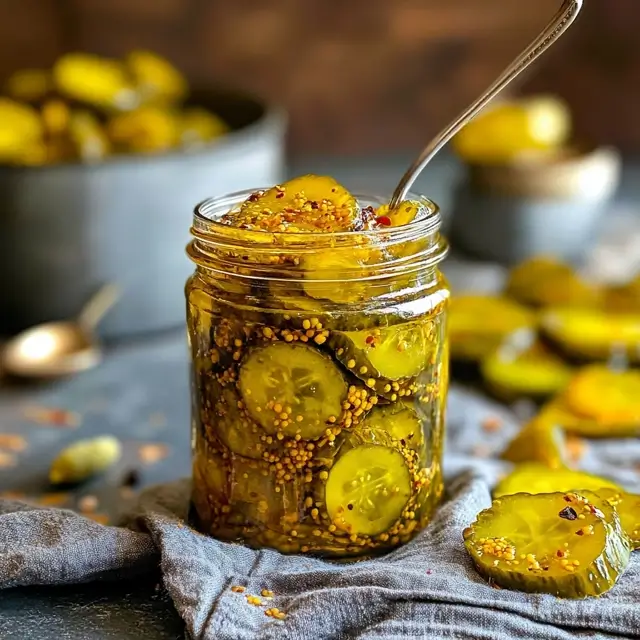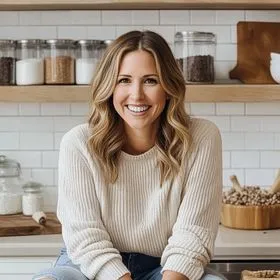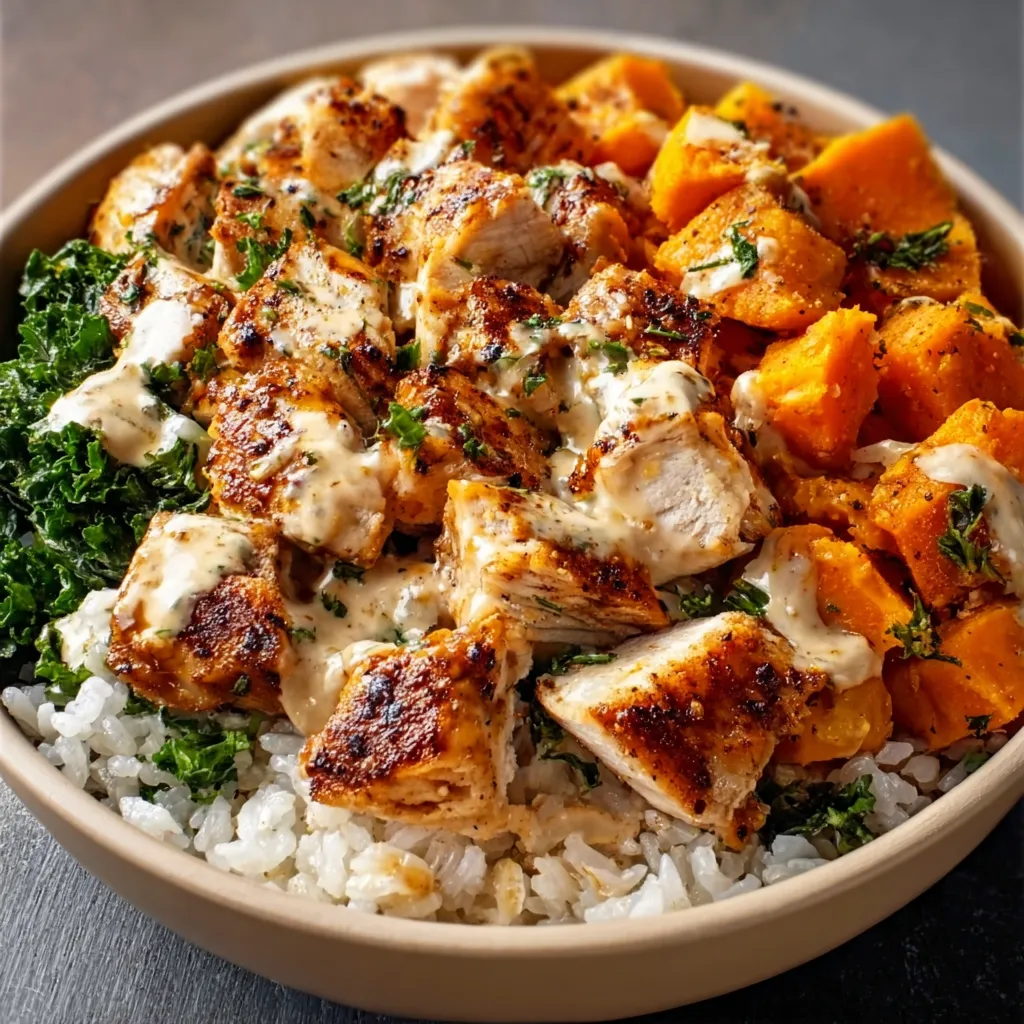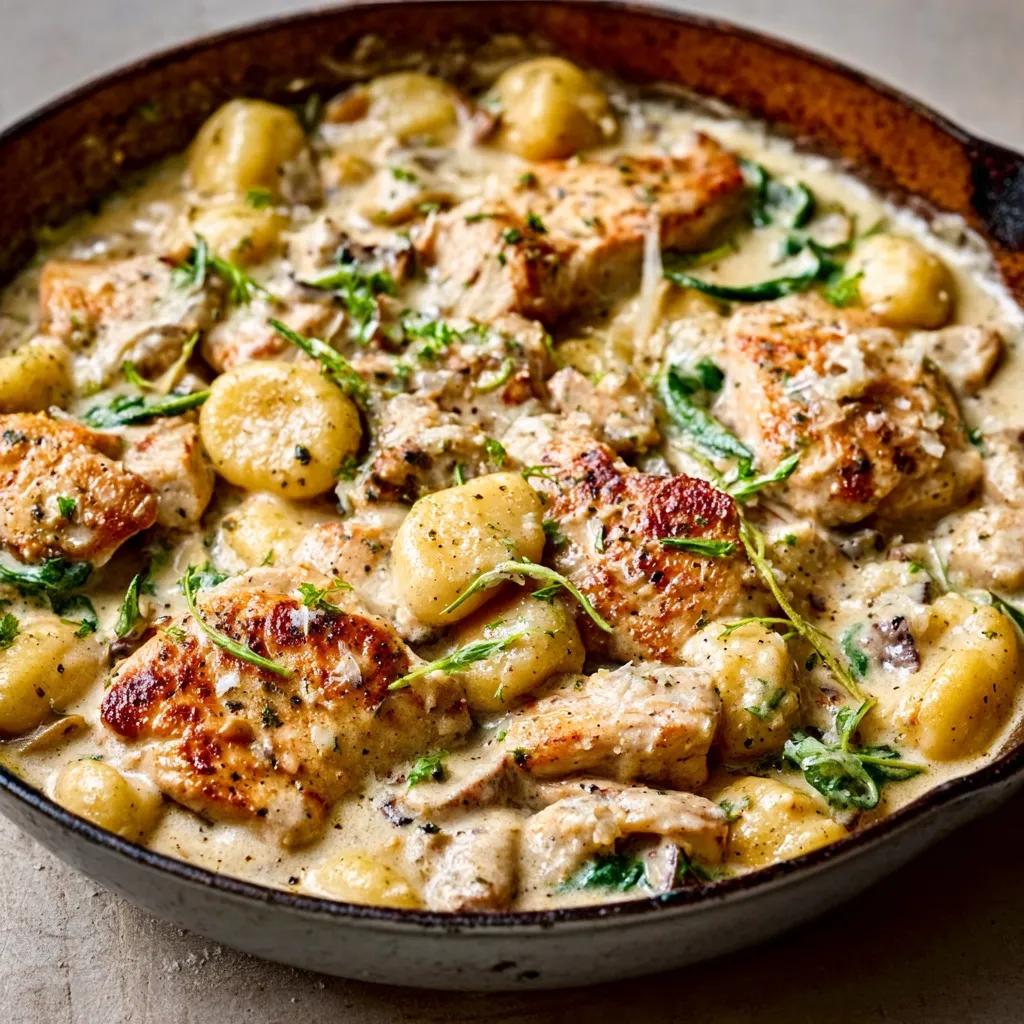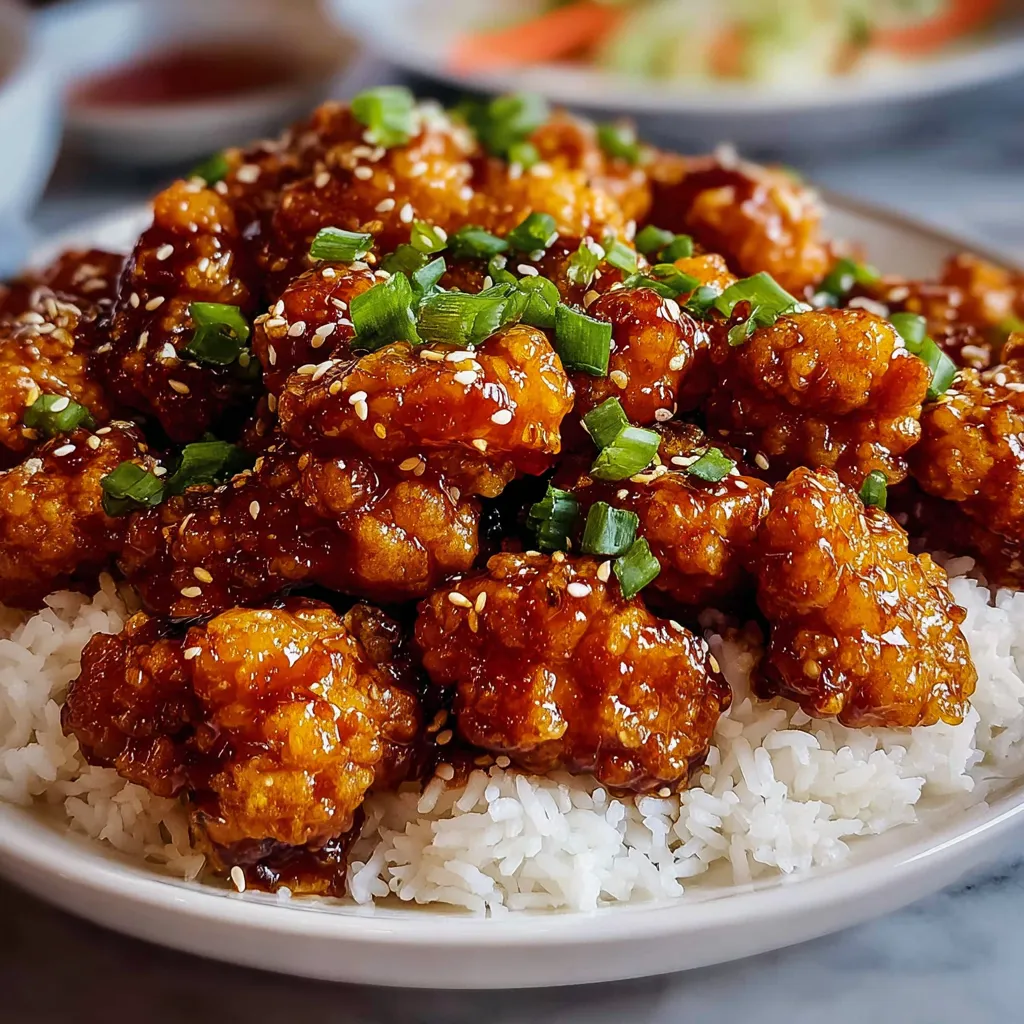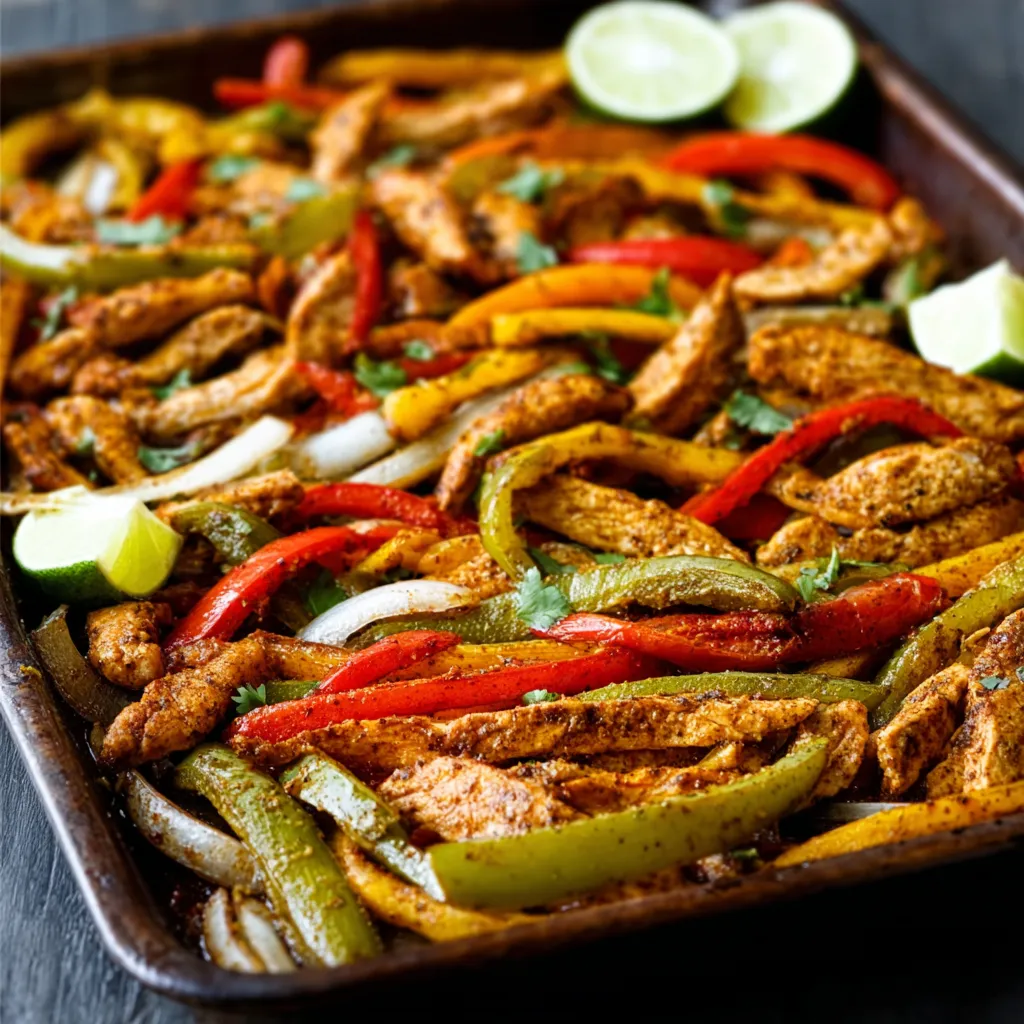Bread and butter pickles bring that perfect balance of sweet and tangy flavors that transform ordinary cucumbers into an irresistible condiment that enhances everything from sandwiches to barbecue plates. These classic pickles, with their distinctive golden color and crisp texture, have been gracing American tables for generations, offering a delightful contrast to rich foods while adding brightness to any meal. Making bread and butter pickles at home allows you to control the sweetness level and enjoy that satisfying crunch that store-bought versions often lack.
The beauty of homemade bread and butter pickles lies in their simplicity and versatility. Whether you’re preserving a bumper crop of garden cucumbers or simply want to enjoy this beloved condiment year-round, this recipe delivers authentic flavors that rival any commercial brand while giving you the satisfaction of creating something special from scratch.
The History Behind the Name
The term “bread and butter pickles” originated during the Great Depression when many families relied on these sweet pickles as an affordable way to add flavor to simple meals of bread and butter. The pickles provided necessary vitamins and minerals while making basic foods more palatable and satisfying.
Additionally, many families made these pickles to sell at local markets, earning money for their “bread and butter” – hence the enduring name. This tradition of home pickle-making connected communities and preserved seasonal abundance for year-round enjoyment.
The popularity of these pickles spread throughout the Midwest and South, with each region developing slight variations that reflected local tastes and available ingredients.
Essential Ingredients for Authentic Flavor
Creating perfect bread and butter pickles starts with selecting the right cucumbers and quality ingredients. Choose small to medium pickling cucumbers or kirby cucumbers for the best texture and flavor absorption. Regular slicing cucumbers work in a pinch but may result in softer pickles.
For the brine, you’ll need white vinegar (5% acidity), granulated sugar, yellow mustard seed, celery seed, turmeric, and salt. The turmeric provides that characteristic golden color while the mustard and celery seeds add complexity and authentic flavor.
Fresh onions are essential for traditional bread and butter pickles – yellow onions work best, though sweet onions create a milder flavor profile. Some recipes include bell peppers for extra color and crunch, though purists prefer the classic cucumber-onion combination.
Step-by-Step Bread and Butter Pickle Recipe
Preparing the Vegetables
Start by washing 4 pounds of cucumbers thoroughly and slicing them into ¼-inch thick rounds. Consistent thickness ensures even pickling and professional-looking results. Remove any blemished areas, as these can affect the final texture and appearance.
Slice 2 large yellow onions into thin half-moons, keeping the pieces roughly the same size as your cucumber slices. This creates visual harmony and ensures even flavor distribution throughout the pickles.
Layer the sliced cucumbers and onions in a large non-reactive bowl, sprinkling each layer generously with coarse salt. Use approximately ¼ cup of salt total, which draws out excess moisture and creates that perfect crisp texture.
The Crucial Salting Process
Cover the salted vegetables with ice cubes and let them sit for 3-4 hours. This process, called “sweating,” removes excess water from the vegetables while concentrating flavors and maintaining that essential crunch factor that separates homemade pickles from soggy store-bought versions.
After the salting period, drain the vegetables thoroughly in a colander and rinse with cold water to remove excess salt. Press gently to remove as much water as possible – this step is crucial for preventing diluted brine and ensuring proper preservation.
Creating the Perfect Brine
In a large, heavy-bottomed pot, combine 3 cups white vinegar, 2 cups granulated sugar, 2 tablespoons yellow mustard seed, 1 tablespoon celery seed, 1 teaspoon turmeric, and ½ teaspoon ground cloves. Bring this mixture to a rolling boil, stirring until the sugar completely dissolves.
The turmeric not only provides color but also adds subtle earthy notes that complement the sweet-tangy flavor profile. Don’t skip this ingredient, as it’s essential for authentic bread and butter pickle appearance and taste.
Combining and Processing
Add the drained cucumbers and onions to the boiling brine and return to a boil. Cook for exactly 2 minutes – no longer, as overcooking results in mushy pickles that lack that signature crisp bite.
Immediately remove from heat and ladle the hot pickles and brine into sterilized canning jars, leaving ½-inch headspace. Wipe jar rims clean and apply lids and rings finger-tight for proper sealing.
Water Bath Canning Process
Process filled jars in a boiling water bath for 10 minutes (adjust for altitude if necessary). The water should cover jar tops by at least 1 inch. Start timing when the water returns to a rolling boil after adding the jars.
Remove jars from the canner and place on a towel-lined counter to cool undisturbed for 12-24 hours. You should hear the satisfying “pop” of lids sealing as they cool, indicating successful preservation.
Pro Tips for Perfect Results
Temperature control during the brief cooking process is crucial – the vegetables should be heated through but still maintain their crisp texture. Overcooking is the most common mistake that leads to disappointment.
Use only fresh, firm cucumbers for the best results. Cucumbers that have been refrigerated for more than a few days often produce softer pickles, even with proper technique.
Sterilize all canning equipment properly to prevent spoilage and ensure food safety. Clean jars, lids, and utensils with hot, soapy water, then keep them hot until ready to use.
Troubleshooting Common Issues
If your pickles turn out too salty, reduce the salting time to 2-3 hours next time, or rinse more thoroughly after the salting process. Conversely, if they lack flavor, ensure you’re using enough salt during the initial preparation.
Cloudy brine usually indicates bacterial activity or use of table salt instead of canning salt. Always use pure salt without additives, and ensure proper sterilization of all equipment.
Soft pickles result from overcooking, using old cucumbers, or insufficient salting time. The key is finding that perfect balance of timing and technique that preserves texture while developing flavor.
Creative Variations and Flavor Twists
While traditional bread and butter pickles are perfect as-is, consider experimenting with additional spices like coriander seeds, bay leaves, or red pepper flakes for subtle variations that reflect your personal taste preferences.
Some families add thinly sliced bell peppers for extra color and mild sweetness, while others incorporate small pearl onions for elegant presentation and varied textures.
For those who enjoy more heat, a few slices of jalapeño or a pinch of cayenne pepper creates a sweet-heat combination that’s particularly delicious with barbecue and grilled meats.
Storage and Aging for Best Flavor
Properly processed bread and butter pickles store safely at room temperature for up to one year, though they’re typically consumed much faster due to their irresistible flavor. Store in a cool, dark place away from direct sunlight.
Allow pickles to age for at least two weeks before opening to develop full flavor complexity. The initial sharpness mellows during this time, creating that perfect balance of sweet and tangy that defines great bread and butter pickles.
Once opened, refrigerate and consume within one month for best quality, though properly made pickles often maintain their appeal much longer when kept cold.
Serving Suggestions and Pairings
Bread and butter pickles excel as a condiment for rich, fatty foods where their acidity cuts through heaviness beautifully. They’re essential for authentic barbecue plates, deli sandwiches, and burger accompaniments.
Try them chopped into chicken salad, potato salad, or egg salad for bursts of sweet-tangy flavor that elevate these classic dishes. The pickles add both flavor and textural interest that transforms ordinary preparations.
For elegant appetizers, serve alongside cheese and charcuterie boards where their brightness balances rich meats and creamy cheeses perfectly.
Nutritional Benefits and Considerations
Homemade bread and butter pickles provide beneficial probiotics when properly fermented, along with vitamins and minerals from the vegetables. However, they are relatively high in sodium and sugar, so enjoy them in moderation as part of a balanced diet.
The vinegar provides potential digestive benefits and may help with blood sugar regulation, while the vegetables contribute fiber and various micronutrients that support overall health.
For those watching sugar intake, the recipe can be modified by reducing sugar by up to 25% without significantly affecting the preservation process, though flavor will be more tart.
Scaling the Recipe
This recipe easily doubles or triples for large harvests or gift-giving. Maintain the same ratios of vegetables to brine, and process in multiple batches if necessary to ensure even cooking and proper preservation.
For smaller batches, the recipe can be halved, though it’s often more efficient to make full batches since the time investment remains similar regardless of quantity.
Gift-Giving and Presentation
Homemade bread and butter pickles make wonderful gifts that show thoughtfulness and care. Present them in attractive jars with custom labels that include the date and any special ingredients or family recipe notes.
For special occasions, consider packaging them in decorative baskets with other homemade preserves or local specialties for impressive gift sets that celebrate the tradition of home food preservation.
Frequently Asked Questions
How long do homemade bread and butter pickles last? Properly canned pickles keep for up to one year at room temperature. Once opened, refrigerate and consume within one month for best quality.
Can I use regular cucumbers instead of pickling cucumbers? Yes, though pickling cucumbers provide better texture and flavor absorption. If using regular cucumbers, choose the smallest, firmest ones available.
Why are my pickles soft? Soft pickles usually result from overcooking, using old cucumbers, or insufficient salting time. Follow timing precisely and use fresh, firm vegetables.
Can I reduce the sugar in this recipe? You can reduce sugar by up to 25% without affecting safety, though the flavor will be more tart and less traditionally “bread and butter” style.
What if my jars don’t seal properly? Unsealed jars should be refrigerated and consumed within one week. Check jar rims for nicks, ensure proper headspace, and verify lid condition before reprocessing.
Seasonal Considerations and Planning
The best time to make bread and butter pickles is during peak cucumber season (mid to late summer) when cucumbers are at their freshest and most affordable. Many gardeners plan their cucumber plantings specifically for pickle-making.
Consider succession planting cucumbers every two weeks for continuous harvest and multiple pickle-making sessions throughout the season. This approach prevents overwhelming abundance while ensuring steady supplies of prime pickling cucumbers.
Beyond Traditional Uses
While bread and butter pickles shine as condiments, consider incorporating them into cooking for unique flavor additions. Chop them into tartar sauce, blend into salad dressings, or use the brine as a marinade component for meats.
The sweet-tangy brine makes an excellent base for cocktails or can be used to quick-pickle other vegetables for variety in your preserved food collection.
Final Thoughts and Preservation Pride
Making bread and butter pickles connects us to generations of home food preservation traditions while providing delicious, economical additions to our meals. The satisfaction of opening a jar of homemade pickles months after making them brings joy that extends far beyond the initial effort.
This recipe represents more than just food preservation – it’s about self-sufficiency, flavor control, and the pride that comes from creating something special with your own hands. The skills you develop making these pickles apply to countless other preservation projects, opening up a world of homemade possibilities.
Remember that pickle-making is both art and science, requiring attention to detail but rewarding that care with incomparable flavors and textures. Each batch teaches valuable lessons and builds confidence for future preservation adventures, creating a legacy of delicious homemade foods that nourish both body and soul.
Print
Bread and Butter Pickles: Sweet and Tangy Homemade Perfection
- Total Time: 4 hours 45 minutes
- Yield: 6 pints 1x
- Diet: Vegan
Description
These homemade bread and butter pickles are a perfect balance of sweet and tangy with a crisp bite and vibrant golden color. Ideal for sandwiches, BBQ, or snacking straight from the jar!
Ingredients
- 4 lbs pickling cucumbers, sliced ¼-inch thick
- 2 large yellow onions, thinly sliced
- ¼ cup canning or pickling salt
- Ice cubes for sweating process
- 3 cups white vinegar (5% acidity)
- 2 cups granulated sugar
- 2 tbsp yellow mustard seed
- 1 tbsp celery seed
- 1 tsp ground turmeric
- ½ tsp ground cloves
Instructions
- Layer sliced cucumbers and onions in a large non-reactive bowl, sprinkling with salt. Cover with ice cubes and let sit for 3–4 hours.
- Drain and rinse vegetables thoroughly, pressing gently to remove excess moisture.
- In a large pot, combine vinegar, sugar, mustard seed, celery seed, turmeric, and cloves. Bring to a boil, stirring until sugar dissolves.
- Add drained vegetables to the brine. Return to boil and cook for 2 minutes. Do not overcook.
- Ladle hot pickles and brine into sterilized jars, leaving ½-inch headspace. Wipe rims and seal with lids and rings.
- Process in a boiling water bath for 10 minutes. Remove and cool for 12–24 hours.
- Store sealed jars in a cool, dark place. Let pickles age at least 2 weeks before opening for best flavor.
Notes
Use only fresh, firm cucumbers. Allow pickles to sit at least 2 weeks before enjoying to fully develop their flavor. Once opened, refrigerate and use within 1 month.
- Prep Time: 4 hours 30 minutes
- Cook Time: 15 minutes
- Category: Condiment
- Method: Canning
- Cuisine: American
Nutrition
- Serving Size: 1/4 cup
- Calories: 45
- Sugar: 10g
- Sodium: 310mg
- Fat: 0g
- Saturated Fat: 0g
- Unsaturated Fat: 0g
- Trans Fat: 0g
- Carbohydrates: 11g
- Fiber: 1g
- Protein: 0g
- Cholesterol: 0mg
Keywords: bread and butter pickles, canning pickles, sweet pickles, homemade pickles

